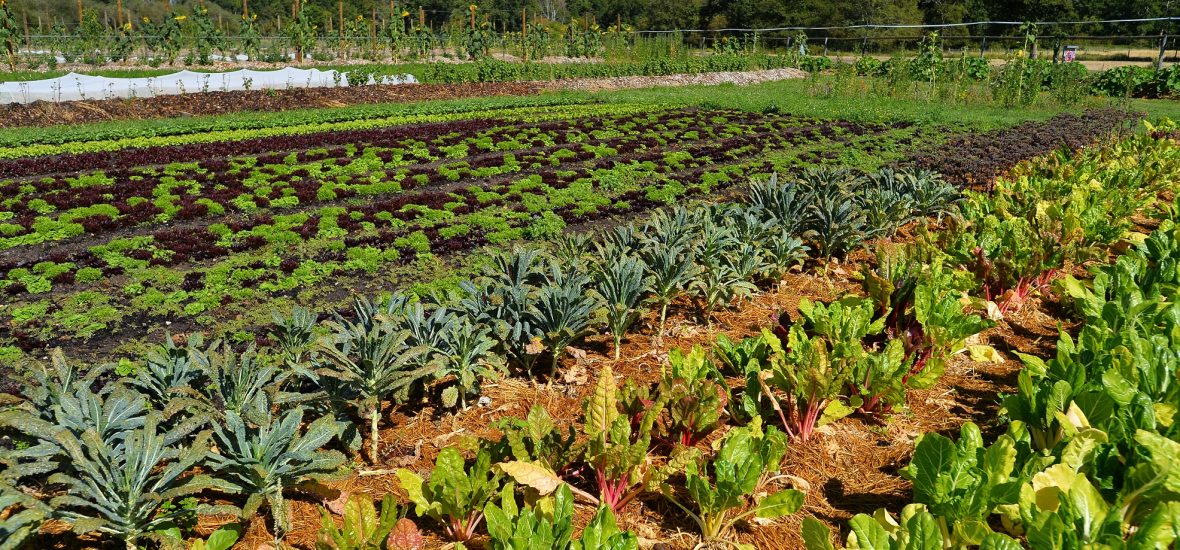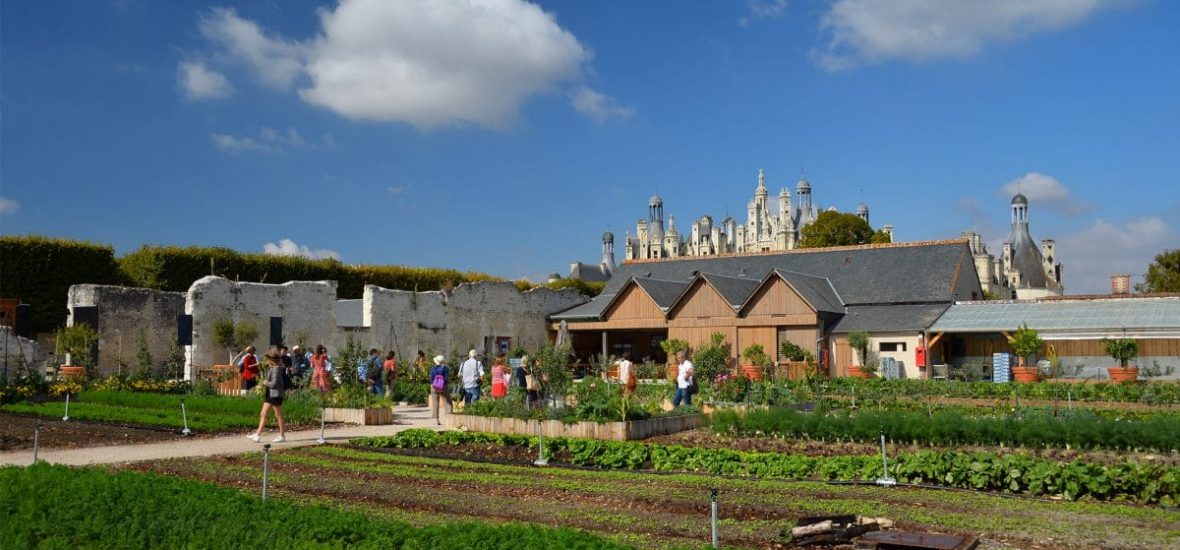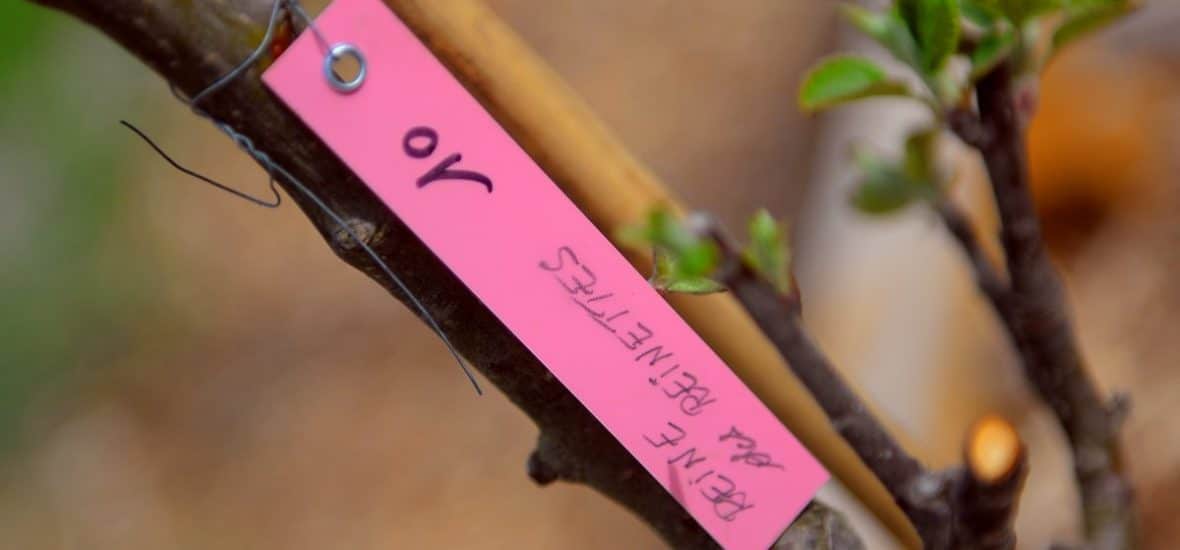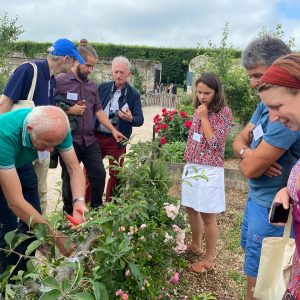Three years after the restoration of the French-style gardens on the northern parterre of the château, Chambord created an organic farm for market gardening and fruit growing. The aim is to design, in a permaculture approach, a stable agroecosystem based on careful observation of nature and its environment, respect for the environment and soil health. The Jardins-Potagers de Chambord are part of a perspective of agricultural renewal with the development of organic, ecological and soil regenerating agriculture. Fruit and vegetable production will be marketed in a short circuit in order to be part of a territorial dynamic.
More than forty varieties of vegetables will be produced, following a cultivation system that allows increased yields to be obtained on small areas. This profitability is possible thanks to the ergonomic, organized and standardized design, combined with low-tech tools and good soil fertility management. The care taken in every aspect of vegetable and fruit production will give vegetables exceptional flavours, nutrients, colours and textures.
Three issues:
– a social challenge with a healthy and sustainable food production, favouring the emergence of small diversified farms;
– an economic challenge with a viable agricultural project and job creation;
– a technical challenge with the use of the best technologies of today, put at the service of traditional agricultural practices;









